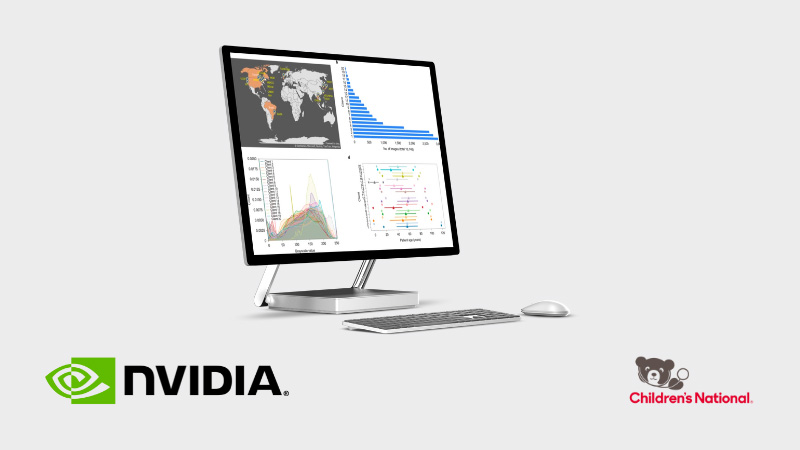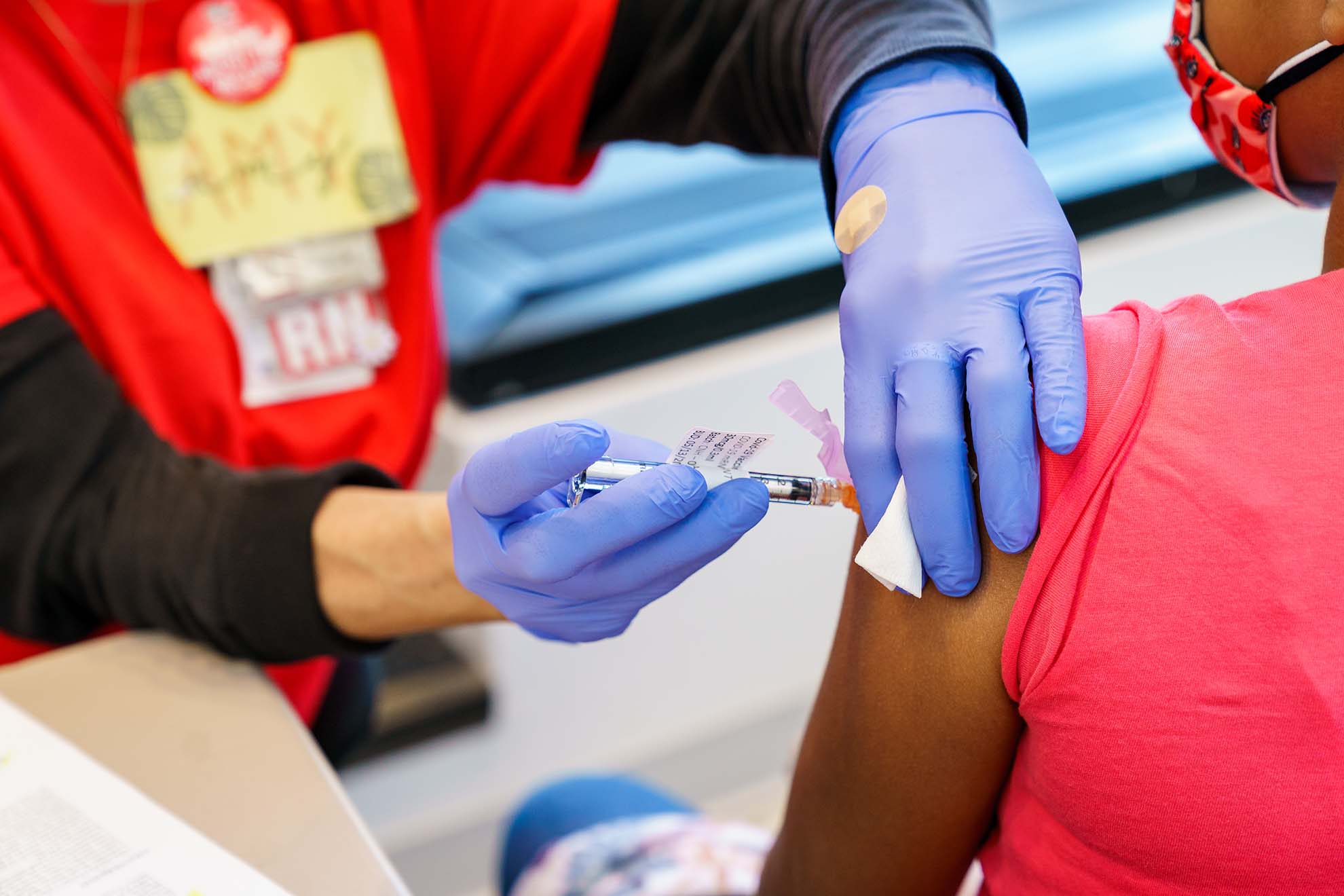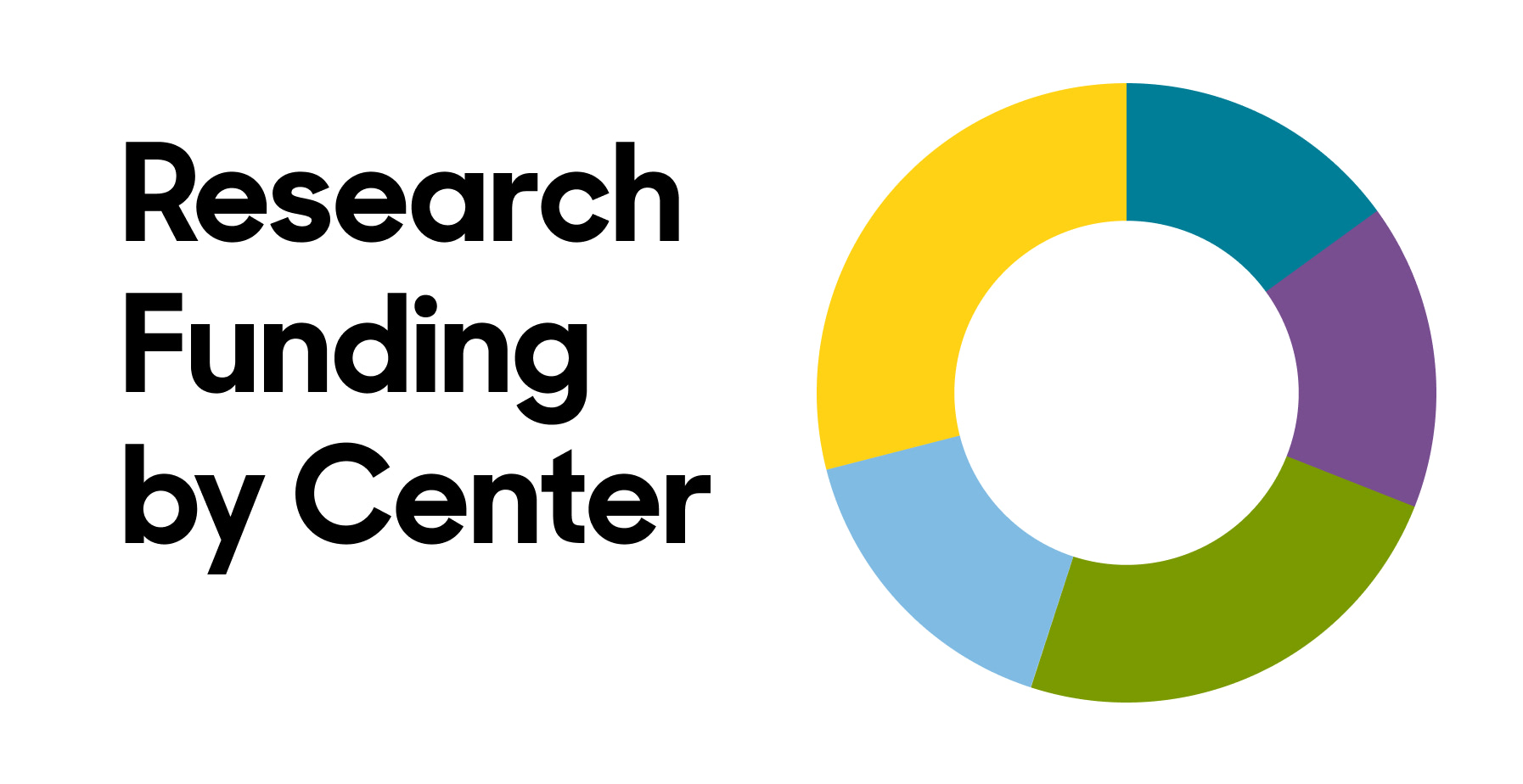CHILDREN'S NATIONAL RESEARCH INSTITUTE ACADEMIC ANNUAL REPORT 2022

Spotlight
Delivering on growth through innovative partnerships in artificial intelligence
When Children’s National Hospital became the only pediatric partner to join the international initiative led by technology firm NVIDIA and Massachusetts General Brigham Hospital to create solutions through machine and deep learning to benefit COVID-19 healthcare outcomes, Marius George Linguraru, D.Phil., M.A., M.Sc., principal investigator at the Sheikh Zayed Institute for Pediatric Surgical Innovation, noted that one of the core goals of the initiative is to create a platform which brings resources together. In 2021, we did just that when the results of the first-of-its-kind COVID-19 Lung CT Lesion Segmentation Grand Challenge were announced — a groundbreaking research competition focused on developing artificial intelligence (AI) models to help in the visualization and measurement of COVID-19 specific lesions in the lungs of infected patients.
Attracting more than 1,000 global participants, the Children’s National-led competition’s AI models utilized a multi-institutional, multi-national data set provided by the National Institutes of Health (NIH) that originated from patients of different ages, genders and with variable disease severity. NVIDIA provided AI resources to all participants and GPUs to the top ten winners as prizes, as well as supporting the selection and judging process.
The path to this partnership was made possible through a systematic review and meta-analysis from Children’s National that became another core contribution to understanding how children are impacted by COVID-19. Led by Dr. Linguraru and colleagues and published in Pediatric Pulmonology, it offers the first comprehensive summary of the findings of various studies published thus far that describe COVID-19 lung imaging data across the pediatric population.
The review examined articles based on chest CT imaging in 1,026 pediatric patients diagnosed with COVID-19 and concluded that several common lung manifestations known in adults were extremely rare or not found in children. This early study also showed that COVID-19 affects the lungs of children differently than other viral respiratory infections in the pediatric population.
Delivering on the goal
Improving COVID-19 treatment starts with a clearer understanding of the patient’s disease state." –Marius George Linguraru, D.Phil., M.A., M.Sc.
When announcing the top models from the grand challenge, Dr. Linguraru said, “Improving COVID-19 treatment starts with a clearer understanding of the patient’s disease state. However, a prior lack of global data collaboration limited clinicians in their ability to quickly and effectively understand disease severity across both adult and pediatric patients. By harnessing the power of AI through quantitative imaging and machine learning, these discoveries are helping clinicians better understand COVID-19 disease severity and potentially stratify and triage into appropriate treatment protocols at different stages of the disease.”
These winning algorithms are now available to partner with clinical institutions across the globe to further evaluate how these quantitative imaging and machine learning methods may potentially impact global public health.
“Quality annotations are a limiting factor in the development of useful AI models,” said Mona Flores, M.D., global head of Medical AI, NVIDIA. “Using the NVIDIA COVID-19 lesion segmentation model available on our NGC software hub, we were able to quickly label the NIH dataset, allowing radiologists to do precise annotations in record time.”
Collaboration as the key
The results of this innovative partnership have demonstrated the benefits of collaboration, as Dr. Linguraru presented to NVIDIA GTC in 2021, establishing that they are essential for deep learning efforts to help children’s health and rare disease treatment.
Through our experience, the pitfalls for training deep learning models with small pediatric and rare disease data were made clear. Despite rapid progress in deep learning, children’s hospitals lack predictive analytics to better diagnose and treat pediatric conditions. This is because the development of resources in quantitative imaging and machine learning for pediatric healthcare suffers from unique challenges.
Pediatric diseases are often rare, thus data specific to a condition are limited and insufficient to support the training of neural networks. Algorithms trained with limited data from single institutions don’t perform well on cases from different clinical environments and protocols.
Because of our partnership, we now know it‘s not surprising that technological progress has been sub-optimal when institutions work in isolation. Solutions require collaborative efforts, scientific innovation and federated learning to share and analyze these data.
In this space, the Sheikh Zayed Institute for Pediatric Surgical Innovation is now a leader in pediatric artificial intelligence. Collaborating with NVIDIA, the inventor of the GPU and world leader in AI, their support with computational resources and dedicated scientists has helped Dr. Linguraru’s efforts since 2019, allowing his team to deliver incredible breakthroughs.

